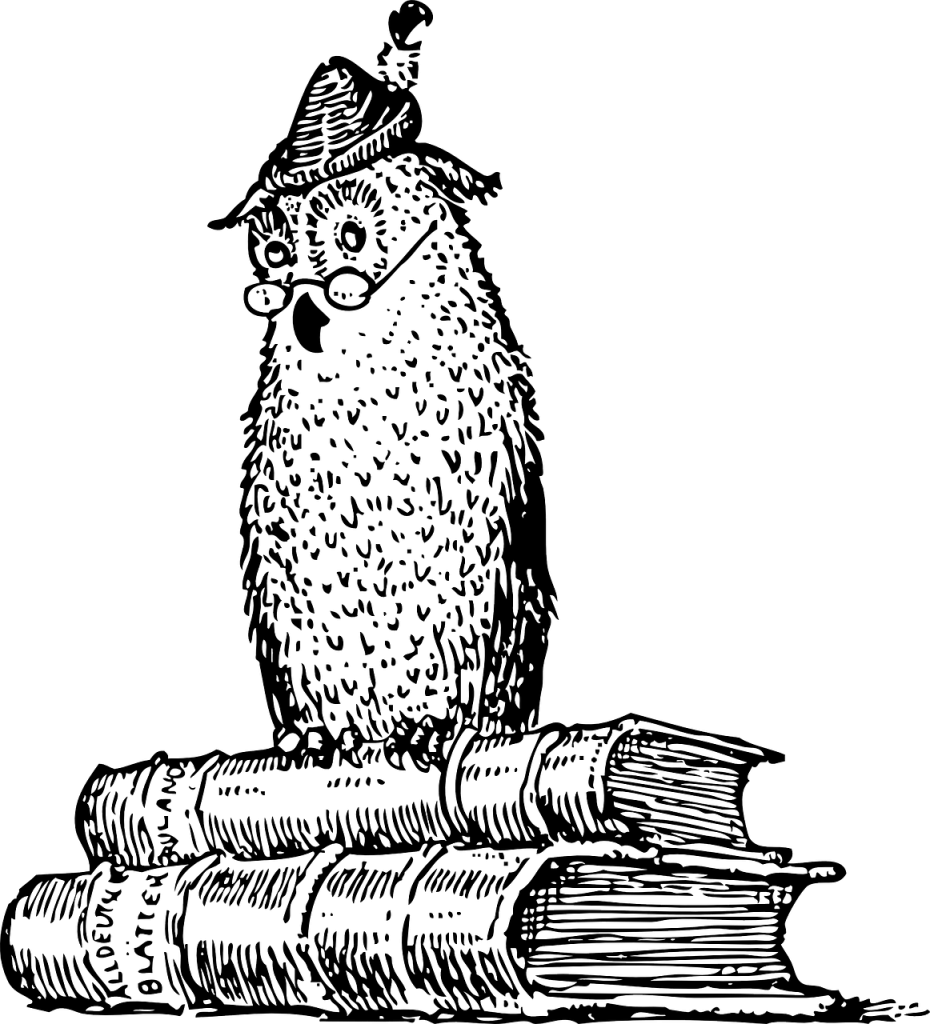“Why Don’t We Have Both?” Using the OWL’s APA and MLA Citation Materials
Written by Jason Brown, Assistant Professor of English at Herkimer County Community College

As this spring semester draws to a close, my writing students are just beginning the task of composing an argumentative/persuasive research paper. I always imagine they view this assignment with scorn, almost as a predestined fait accompli of sorts, given what I imagine have been a series of collective struggles in past research papers that were assigned by other teachers preceding their time in my course. While they may be aware of the basics–the need to research a topic, utilize library resources, and avoid plagiarism by first understanding and then properly using citations–their success in this assignment is almost always dependent upon possessing a real in-depth knowledge and mastery of the latter. Citations, after all, are a necessity in almost all writing assignments, particularly more so in academia. So, no matter a student’s unique topical choice or ability to organize information effectively and persuasively in an argumentative manner, if they don’t cite their sources, they don’t pass the assignment. That’s the general “golden rule.”
With that in mind, I set out to ensure that all of my writing students are aware of the conventions of both MLA and APA styles. This goes against our pedagogical instincts and the general practice of insisting on whichever style the professor is likely most familiar with and using in his/her own research. But, like the girl in the famous meme from the Old El Paso commercial, I’ve often asked, “Why don’t we have both?” That is, why not give students an option? It’s a daunting task–to be sure–and made all the more difficult by allowing them to use either method. Some colleagues, even at my own institute, and perhaps you the reader, think I’m crazy for not privileging one over the other (and I’m definitely more well versed in MLA given my humanities background). But I think it important to offer this choice, particularly if in an introductory writing course the idea is to gain an understanding of and practice in citation methods students will presumably need to know in future courses. Why would I teach, then demonstrate, then ask them to model a method they’re unlikely to use or have a need for if their discipline/major doesn’t use MLA? For instance, one of the largest programs at my campus is criminal justice, any major of which will be using APA in all of their core classes and those they will take when/if they transfer to a four-year university. This same principle also applies to education majors, which is also one of my college’s largest programs.

What good, I always wondered, would learning MLA do for them academically? Surely the basic principles are the same in either method–the need to have a list of resources at the end and matching in-text citations–but the finer details are rather different between MLA and APA on the whole. One requires a Works Cited page and in-text citations that include the author’s (or authors’) last name(s) (unless specified already in the context of the quoted or paraphrased material) and page numbers if it’s a print source. The other requires a References page and in-text citations that also include the author’s (or authors’) last name(s) (unless specified already in the context of the quoted or paraphrased material) and the year of publication separated by a comma from the author’s (or authors’) name(s).
Such complexities are often lost on several of my students, many of whom can’t differentiate these finer details between the two styles. This, for me, is where the Excelsior OWL’s citation materials are invaluable. In moments like these, I direct students to the “Avoiding Plagiarism” section first and encourage them to read and watch all of the materials therein so they can have a baseline understanding about what I (or any professor) mean when we talk about plagiarism. Next–and this is where the finer points can begin getting ironed out and the differences can be seen–I have links to both the APA and MLA sections within the “Citation & Documentation” tab. These act in concert with other materials I have already provided in my course: sample essays (for both styles); videos that demonstrate the differences between quoting and paraphrasing; and links to citation machines where they can choose APA or MLA.
 In particular, I use the APA and MLA sections in the OWL as a substitute for what many of us used to get in a spiral-bound handbook, which if memory serves was cumbersome and confusing in its own way. To be honest, I find the OWL’s materials more digestible and comprehensible than those old handbooks. For example, there are helpful videos and practice exercises in both the APA and MLA sections, something that is completely lacking in a more traditional handbook. Additionally, these same resources are also invaluable for auditory and visual learners in general, perhaps even for those with sensory impairments in one form or fashion, and especially for those in my online section who don’t often have the luxury of hearing or seeing me speak directly to them.
In particular, I use the APA and MLA sections in the OWL as a substitute for what many of us used to get in a spiral-bound handbook, which if memory serves was cumbersome and confusing in its own way. To be honest, I find the OWL’s materials more digestible and comprehensible than those old handbooks. For example, there are helpful videos and practice exercises in both the APA and MLA sections, something that is completely lacking in a more traditional handbook. Additionally, these same resources are also invaluable for auditory and visual learners in general, perhaps even for those with sensory impairments in one form or fashion, and especially for those in my online section who don’t often have the luxury of hearing or seeing me speak directly to them.
The one downside of this “why don’t we have both?” approach, though, is that I sometimes have students accidentally “blend” the two styles where I might, for instance, receive an essay with a Works Cited page that has APA style in-text citations. Usually, these are fairly simple fixes, and after reiterating that they must choose one method or the other and not create a hybrid citation method, I turn their attention back to the aforementioned citation materials in the OWL. In particular instances like this, and in materials like those videos found on the OWL site, I think my students benefit from their ability to demonstrate more effectively how exactly APA in-text citations and References entries work in concert and how those differ from MLA in-text citations and Works Cited entries. My students almost always clean up these errors once they reexamine those sections in the OWL. I’m not certain that these mistakes and errors could be rectified as easily with more traditional materials. I’d like to think that my students might figuratively hoist me up on their shoulders, much as happens to the little girl in the meme, for not only giving them a choice in citation styles but also materials that are more in line with ensuring their academic success.
Jason Brown is an Assistant Professor of English at Herkimer County Community College who teaches first-year composition and literature courses.
